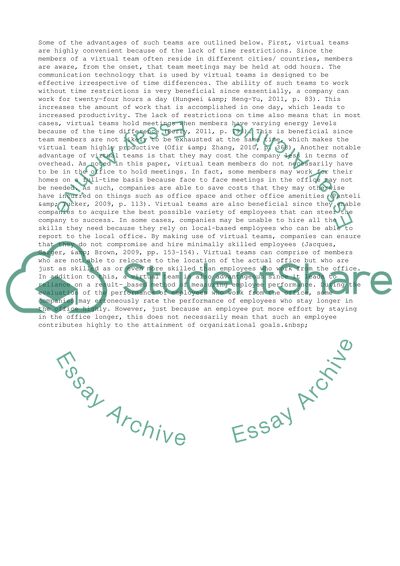Cite this document
(“Individual Essay Virtual Teams Example | Topics and Well Written Essays - 1250 words”, n.d.)
Individual Essay Virtual Teams Example | Topics and Well Written Essays - 1250 words. Retrieved from https://studentshare.org/management/1440952-individual-essay
Individual Essay Virtual Teams Example | Topics and Well Written Essays - 1250 words. Retrieved from https://studentshare.org/management/1440952-individual-essay
(Individual Essay Virtual Teams Example | Topics and Well Written Essays - 1250 Words)
Individual Essay Virtual Teams Example | Topics and Well Written Essays - 1250 Words. https://studentshare.org/management/1440952-individual-essay.
Individual Essay Virtual Teams Example | Topics and Well Written Essays - 1250 Words. https://studentshare.org/management/1440952-individual-essay.
“Individual Essay Virtual Teams Example | Topics and Well Written Essays - 1250 Words”, n.d. https://studentshare.org/management/1440952-individual-essay.


